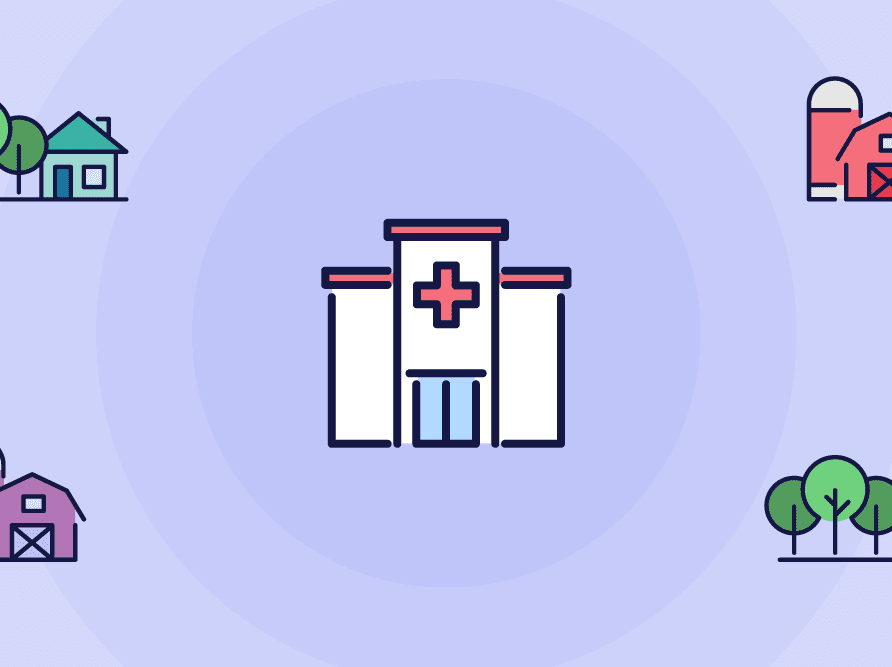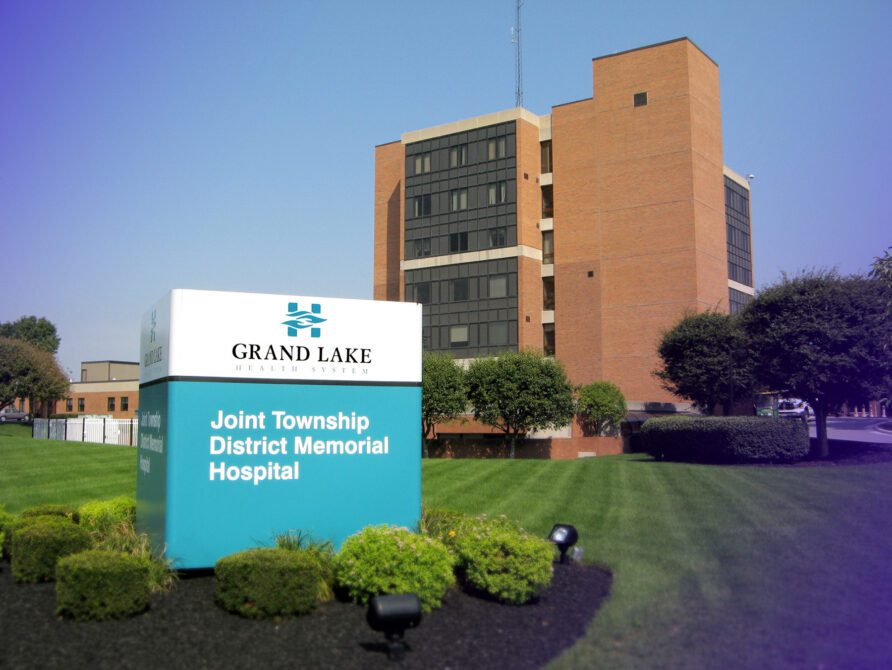Article
Clinical Safety Cases: Providing a reliable template to manage safety incidents
* This content was originally published prior to N. Harris Computer Corporation’s 2022 acquisition of the Allscripts Hospital and Large Physician Practice business segment. Our business is now known as Altera Digital Health.
Editor’s note: In this blog “clinical safety case” refers to the UK definition: A specific quality repository for maintaining safety information regarding a health IT product regulated under the NHS Digital framework.
What’s proven to be a constant in my clinical life is that I will never know when the phone is going to ring and the person on the other line will inform me of a new clinical safety issue at a client site. Luckily, in many cases the issue in question is something that can be fixed quickly, and service and data integrity can be restored without compromising patient care. However, on rare occasions, there can be a serious issue that requires a full team response and a dash to involve all the relevant experts who may be able to diagnose and fix the issue.
In the UK we have stringent statutory requirements to provide a clinical safety case for every release of our deployed products at National Health Service (NHS) hospitals. This activity, whilst resource intensive, provides a level of rigour and assessment of each solution to identify and mitigate any potential issues or hazards that could result in patient harm as a result of using the system. To complete this task, we examine all the documentation leading up to the design and configuration of the system, the proposed workflows and the actual screens, and then we hypothesise. For example, what could go wrong with this process? Is the design of new screens consistent with existing screens? Are any of the options ambiguous? Have all alternate pathways through the workflow been considered?
The safety case is then shared with our clients and, usually, we work together to review the most high-ranking hazards and those that require specific mitigations. We also review hazards that may be unique to the client due to its specific configuration, workflow or interfaces. Frequently, we must remind those less familiar with reviewing hazards that safety hazards are inherent in the delivery of all patient care—much in the same way there is a risk in crossing the road, which is why we look both ways before crossing. Relying on paper records was not without risk, and EPRs simply introduce new risks and require new mitigations.
From time to time, I get asked how it’s possible to still have clinical safety incidents when we spend so much effort creating and maintaining these clinical safety cases. It’s impossible to predict every possible permutation or eventuality that may manifest when using an EPR, even when it’s used as designed, let alone when users consciously or subconsciously configure and/or use it incorrectly. I have spent a lot of time wondering about this, particularly when I’m struggling to understand how a scenario that has just presented could have possibly not ever happened before or not been predicted during our clinical safety activities.
So what is the value of these clinical safety cases if they don’t cover every eventuality?
First, the rigor and discipline of creating clinical safety cases ensures we have a systematic and regular review of our functionality in light of each deploying client. This enables us to reconsider new workflows and the knowledge we have learned through deployments at other existing sites. Not only are potential clinical hazards documented, but various mitigations or “controls” are included and stratified into specific work groups. For example, identifying specific actions for various teams, such as the training team or configuration team, which can be embedded into the overall programme plan and hopefully minimise the risk of specific hazards actually coming to the surface.
More importantly is the experience of building and iterating clinical safety cases for our products. They provide a crucial framework in which we are well-versed. There will always be circumstances that we could not predict. The most critical thing in such situations is to make availability of the EPR and the delivery of care as safe as possible, especially if a permanent fix cannot be provided immediately. The safety case framework and the example mitigations that are already documented more often than not can be extrapolated to help prioritise potential risks and provide potential examples of specific mitigations. The ability to reference this material at a frantic moment not only provides clarity and structure for managing an acute event but also ensures potential mitigations and the different categories of mitigation are all actively considered and enacted.
For example, if a newly configured workflow was deployed and then found to be inappropriate for pregnant mothers, whilst the actual hazard and consequence may not be identical to one in the hazard log, the hazard log content would help us ensure that any initial workarounds were considered to make the process safe. This also would indicate that multiple communications channels were considered to alert users and specific resolution options were appraised and scored in order to ascertain the safest mitigation.
Finally, one other benefit of creating the clinical safety cases and working with our clients to deliver them prior to their EPR activation is the opportunity to form relationships with our clients. If a safety incident does occur, these relationships and the mutual trust and knowledge of who to contact (and when) can be invaluable to the speed and effectiveness of any resolutions. It also enables the proactive alerting of other clients who may also be at risk of similar manifestations.
Of course, clinical safety cases may be published, but they are never complete. They are living documents. Updating clinical safety cases is key in ensuring effective knowledge management and communication is established for existing and future clients. These cases also influence the optimisation of configuration, product roadmaps and enhancements. So, while these documents are time consuming, they’re also vital for enabling clinical safety teams to deal systematically and consistently with safety events when they occur. As technology evolves and becomes more complex, it is even more important for our safety processes to keep up. After all, patient safety is our collective top priority.













